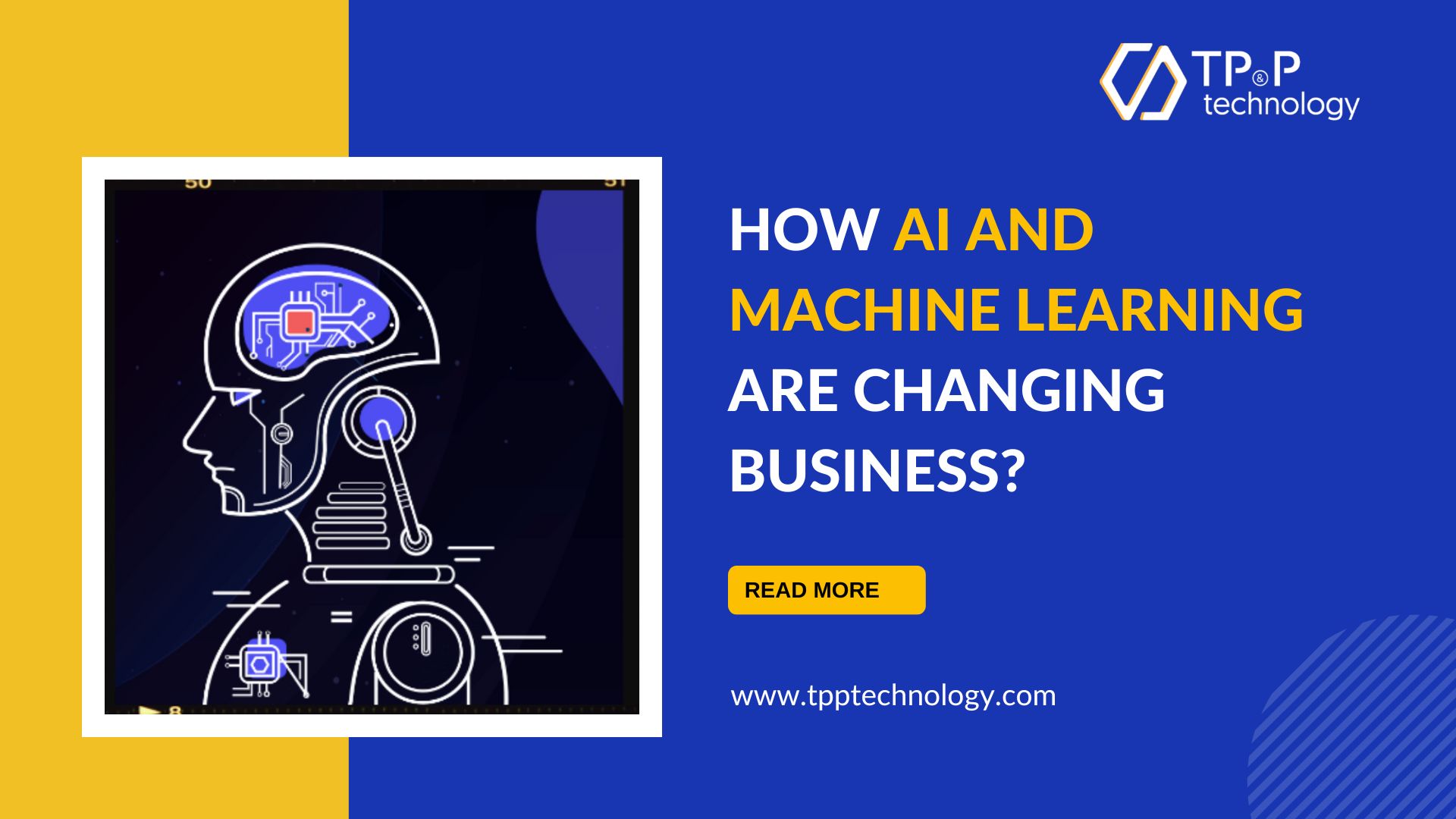
How AI And Machine Learning Are Changing Business?
Today's leading organizations are using machine learning-based tools to improve decision-making, and they’re starting to experiment with more advanced applications of artificial intelligence (AI) for digital transformation.
Digital transformation is changing the way organizations operate. Systems, processes, workflow, and culture are part of this process. This transformation affects every level of the organization and combines data for more effective collaboration. Here are some concrete examples of how AI and machine learning are creating value in companies today:
By leveraging workflow automation and advanced processing such as artificial intelligence (AI) and machine learning (ML), companies can connect customer journeys in ways that were not previously possible.
Companies are using machine learning to use the vast amounts of data collected to generate actionable predictions that they can use to invest resources and grow their businesses. With machine learning, companies can use consumer data to create useful customer profiles, increase sales and build brand loyalty. Machine learning helps companies improve logistics by increasing efficiency at every stage of the delivery, warehousing and sales process.
International shipping companies use machine learning to increase their profits. These companies install thousands of components on cargo ships, long-haul trucks and smaller equipment. This helps managers identify failure patterns and set preventative maintenance programs that keep ships and trucks in motion.
For example, Amazon has created an "anticipatory shipping" protocol for certain products that allows it to predict the volume and geographic distribution of orders before they arrive. As a result, the company now sends popular items such as phone accessories and household goods to local distribution centres in anticipation of future purchases.
This kind of ML and AI technology isn't just for CPG brands. It can be applied to almost any industry. For example, if you are in the healthcare industry, the application is similar. By processing large amounts of data, machine learning technology can help healthcare professionals create precise medical solutions tailored to individual characteristics. According to a Mercury News report, machine learning and artificial intelligence are expected to play a crucial role in clinical trials of the central nervous system in the future.
Other potential machine learning developments in healthcare include telemedicine, as some machine learning companies are exploring how patient data can be organized and delivered to doctors during telemedicine sessions, as well as data collection during virtual visits to optimize workflows.
Machine learning applications are living witnesses to the rapid growth of the media industry in various forms such as visual content, audio content (2-D and 3D), digital advertising, product recommendation, audience, rating, transcription, virtual personal chatbots, detection and removal of misinformation or sentiment analysis, etc.
Search engine giants are already using this technology. Video results don't always lead to the start of a particular video. Instead, they lead directly to the part of the video that is most relevant to the search, which by extension, provides the most value.
Integrate Machine Learning Into Your Business?
Many operators are aware that the method has a huge transformational effect. But the big question is how to apply it to your daily work. To get started, take a step back and take the time to consider where the technology might be applied in your business, then focus on some areas where you can quickly gain. Firms should choose two or three areas in a given year where this technology can solve some of the business challenges they face in their organization.
A common mistake made by companies is to use machine learning just to pay attention to the current technology trend. However, it is important to correctly identify the business processes you want to develop so that the methods create real pressure and allow you to solve existing problems.
Once the problem has been identified, the next step will be to develop a framework for the solution. Identify your goals, stakeholders, constraints, and the current state of the process to which you want to apply machine learning. With all the information at your disposal, you will be able to find the best approach to use your solution in specific technological processes.
For sales, is it time spent scheduling calls? Are you planning deliveries to distribution centres? How can you apply technology to make it better? ML can help you streamline planning, find nearby locations, and ensure that the right people are in the right places at the right time. Time and statistical algorithms help to automate the found efficiencies and apply them on a large scale to improve business performance.



